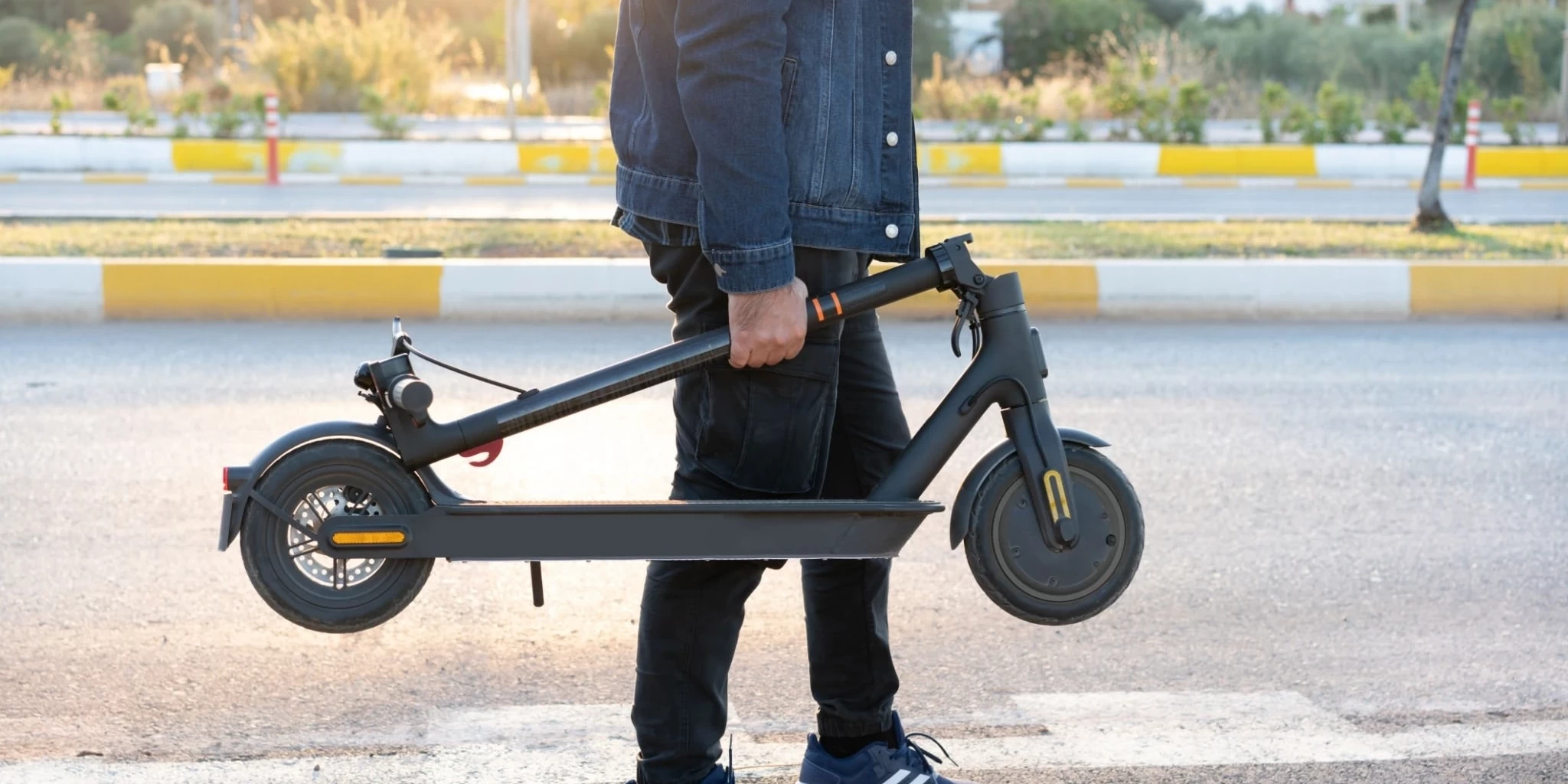Jump to:
E-scooter safety is a growing concern as more and more people opt for this mode of transportation, particularly in urban areas. Although e-scooters are considered a sustainable and convenient alternative to traditional vehicles, accidents relating to e-scooters are increasingly reported. Governments worldwide are implementing laws and regulations specific to e-scooter safety to address these concerns. This blog post will discuss these laws and regulations and explore the problems related to e-scooter safety.
Understanding E-Scooter Safety Laws And Regulations
E-scooter safety regulations vary from country to country and even from city to city. However, nearly all jurisdictions have classified e-scooters as motorized vehicles subject to specific laws and regulations. These laws and regulations generally aim to promote safe e-scooter use, protect pedestrians, and prevent accidents caused by e-scooter riders.

The Role Of Local Government In Regulating E-Scooter Safety
Local government agencies play a crucial role in regulating e-scooter safety. They have authority over licensing, enforcing traffic laws, and setting standards for e-scooter use. Local governments are responsible for determining where e-scooters can be ridden and how fast they can go. They also set specific regulations for e-scooter use on public roads and sidewalks.
Specific Regulations For E-Scooter Use On Public Roads And Sidewalks
In general, e-scooters are permitted on public roads and bicycle lanes. They are prohibited from using sidewalks in many cities to prevent collisions with pedestrians. Additionally, riders must obey traffic laws like motor vehicles, including stopping at red lights and stop signs. By-laws may also require helmets to be worn while riding an e-scooter.
For E-Scooter Riders: Requirements And Restrictions On E-Scooter Use
Individual riders have specific requirements and restrictions for e-scooter use. For instance, most cities require that e-scooter riders be at least 16 years old, be licensed, and have insurance. They may also have weight limits and speed restrictions for e-scooters, varying depending on local by-laws.
Safety Tips For E-Scooter Riders To Follow
To ensure e-scooter safety, riders should follow safety tips like always wearing a helmet, obeying traffic laws, and avoiding using electronic devices while riding. They should also be mindful of pedestrians and other vehicles on the road and avoid riding in the dark or on wet or uneven surfaces. It is also advisable to use lights when riding at night.

For E-Scooter Manufacturers: Requirements And Standards For E-Scooter Manufacturing
E-scooter manufacturers must adhere to specific requirements and standards for e-scooter manufacturing. Many countries require e-scooters to undergo safety testing to comply with established standards. Manufacturers must also submit e-scooters for annual inspections and meet specific manufacturing guidelines.
For E-Scooter Rental Companies: Responsibilities In Ensuring E-Scooter Safety
E-scooter rental companies are responsible for ensuring that their rental e-scooters are safe for use. They must ensure the e-scooters are well-maintained and undergo regular safety and maintenance checks. Rental companies must also provide proper safety training for their customers.
E-Scooter Safety Concerns: Addressing Common Issues And Risks
Despite the stable regulatory environment, there are still concerns when it comes to e-scooter safety. Common issues and risks that have been reported include e-scooter collisions with pedestrians, reckless riding, and e-scooter malfunctions. Governments, manufacturers, and rental companies are responsible for addressing these concerns and ensuring that e-scooter riders and pedestrians are safe.
E-scooter safety regulations are critical in promoting safety for everyone on the road. Governments, manufacturers, and rental companies must work together to ensure that e-scooters are safe for riders and pedestrians. By adhering to established laws and regulations, following safety tips, and being aware of e-scooter safety concerns, we can help to make our communities safer places to ride.
Peaker
Meet Peaker, our suave electric scooter enthusiast from the charming streets of London. With a passion for sustainable urban mobility, Peaker navigates the world of electric scooters with a keen eye for style and efficiency. Whether he's zipping through the city or sharing his latest scooting adventures, Peaker is your go-to guide for all things electric and eco-friendly. Join him on the ride towards a greener, swifter future!




